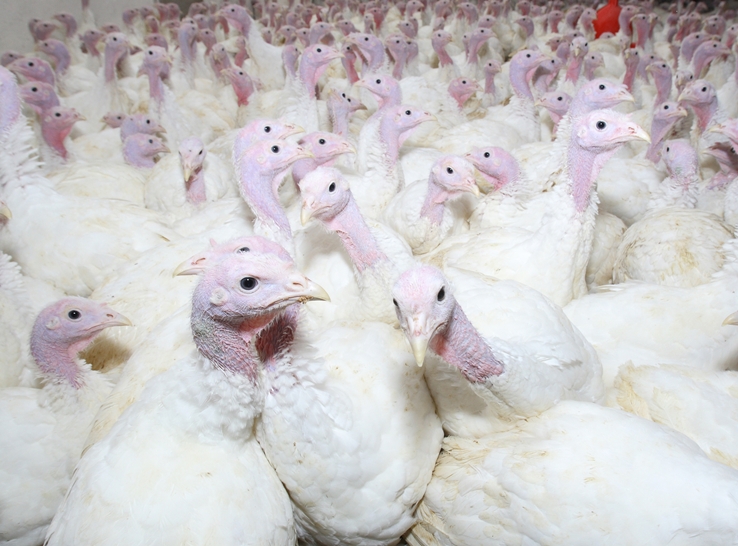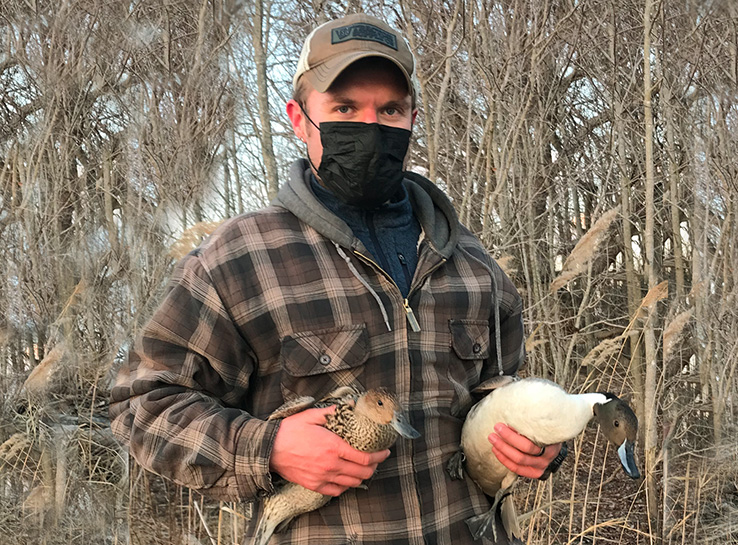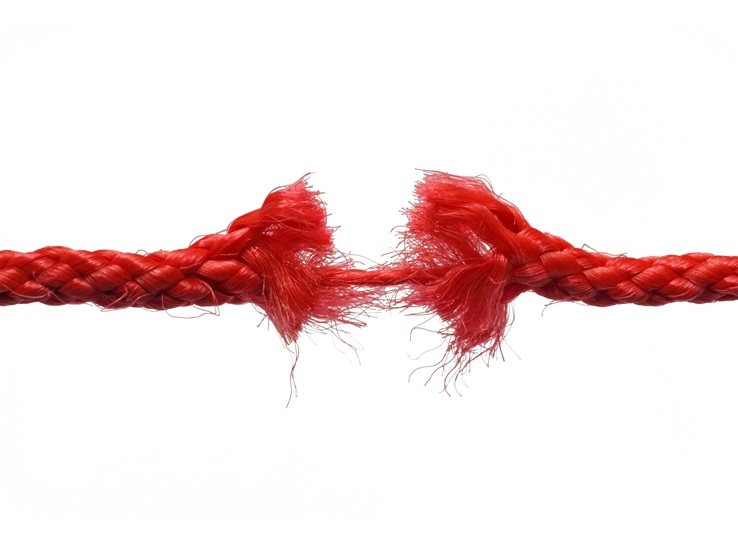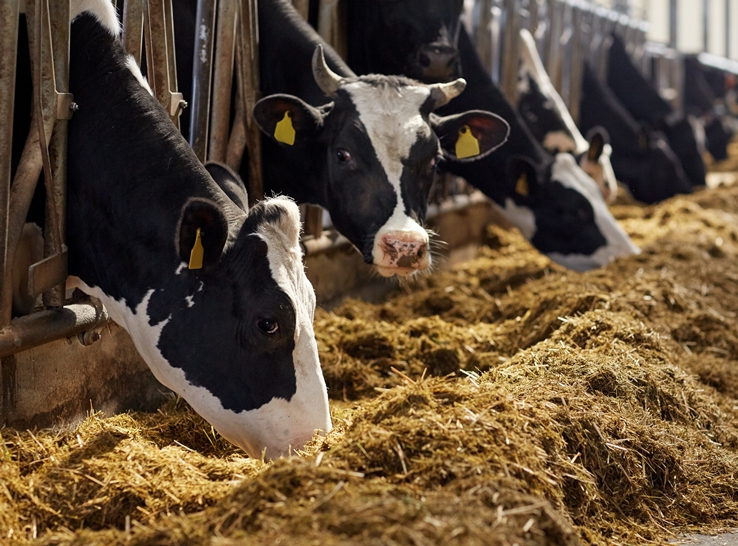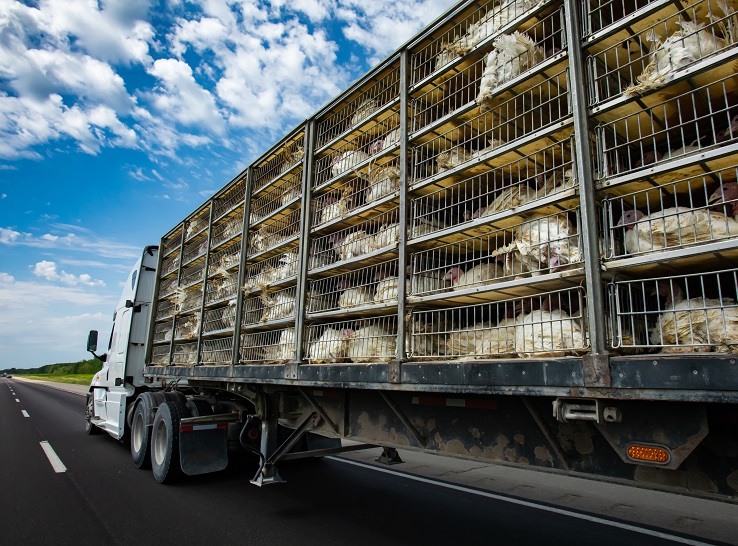Biosecurity remains the best tool for combating highly pathogenic avian influenza (HPAI) H5 viruses in the US, according to a government expert.
The H5N1 HPAI virus was first detected in the US in December 2021, Mary Pantin-Jackwood, DVM, PhD, of the USDA-ARS, told an audience at the 2023 International Poultry Scientific Forum (IPSF).1
As of October 31, 2022, HPAI had been confirmed in 250 commercial flocks and 328 backyard flocks across 43 states, she reported. [Editor’s note: On Thursday, Oct. 5, 2023, USDA reported that HPAI was confirmed in a South Dakota turkey flock.]
Transmission is linked to wild birds, with some 3,100 documented cases at the time of her presentation. Sequencing work using 1,300 viruses from the outbreak confirmed wild birds as the source of the spread to poultry, she said.
The newly introduced H5N1 virus mixed several times with North American-lineage wild avian influenza viruses, Pantin-Jackwood explained, and these reassortment viruses have been detected in poultry across several states.
Varied transmission, presentation
Studies have shown that the H5N1 virus is more infectious than H5N2, a HPAI virus that caused a 2015 outbreak in the US. It also infects turkeys more readily than chickens, she said. Turkeys also transmit it easier.
Recent work by Pantin-Jackwood explored the outcome of domestic duck infection with H5N1, demonstrating that susceptibility was similar regardless of route of exposure to the virus.2
However, the presentation of disease differed with the virus strain and duck species — information that may help in planning surveillance and control in areas where there are large populations of domestic ducks.
Concluding her keynote address at IPSF, Pantin-Jackwood stressed that preventing virus entry or secondary spread, coupled with rapid detection and response, are the most effective ways to combat the deadly virus.
1 Pantin-Jackwood M. Update on the highly pathogenic avian influenza outbreak in the United States. International Poultry Scientific Forum, 2023, Atlanta, USA.
2 Pantin-Jackwood M, Swayne DE, Smith D, Shepherd E. Effect of species, breed and route of virus inoculation on the pathogenicity of H5N1 highly pathogenic influenza (HPAI) viruses in domestic ducks. Vet Res. 2013;44(1):1-11.

